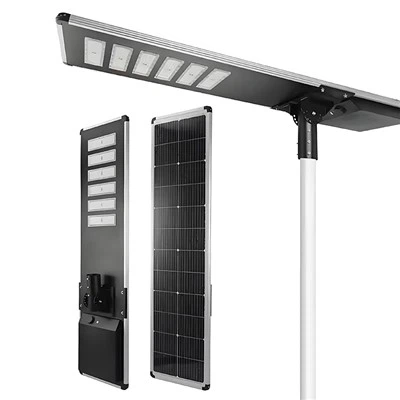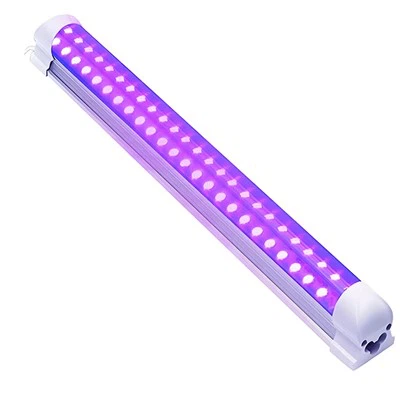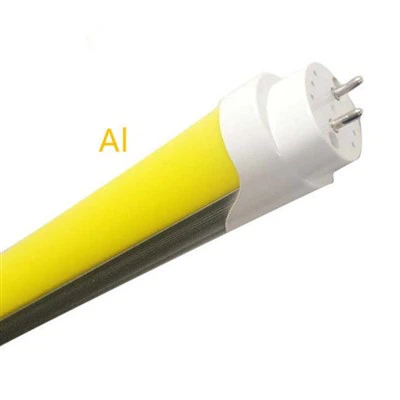AVOID STROBING : TRY THESE RECESSED LIGHTS LAYOUTS WITH CEILING FAN
Bedroom with recessed lighting and ceiling fan
As was previously said, there should be a minimum of 3 inches between the tips of the ceiling fan blades and the recessed lights. Depending on the size of the space, this distance might be expanded even further. Recessed lights should be installed similarly to a bedroom with the goal of lighting the walls first, so position them closer to the walls.
This will prevent any possibility of strobing while also automatically keeping the recessed lights away from the ceiling fan.
As a result of the restricted space in tiny bedrooms, the recessed light may need to be positioned closer to the ceiling fan in certain cases. Therefore, in such bedrooms, simply a 3 inch spacing from the tip of the ceiling fan blade will completely remove any risk of the light strobing.

The recessed light configurations in several typical bedroom sizes with a pre-installed ceiling fan are shown below.
The ceiling fan's diameter in this design is 40 inches. Therefore, while positioning recessed lights, a space of 3 to 4 inches should be left between them and the ceiling fan blades, and a space of 6 inches should be left between them and the walls so that a contrasted appearance of lighting may be obtained while avoiding a strobing effect.
It should be noted that the ceiling directly above the bed has no lighting. To prevent direct light glare, this is done.

A ceiling fan in a 10 by 10 bedroom may range in size from 40 to 48 inches. The distance between the tips of the ceiling fan blades and the recessed lights is 4 inches.

The size of the ceiling fan in an 11' x 11' bedroom is between 40" and 48". The recessed lights may be positioned in the 11' x 11' bedroom at a distance of 0.8 m from the tips of the ceiling fan blades since there is plenty area for them there.
Recessed lighting is installed in a bedroom of 11' x 12' at a distance of 0.8-0.9m from the tips of ceiling fan blades, given that the fan is 1.2m (48") in height.







